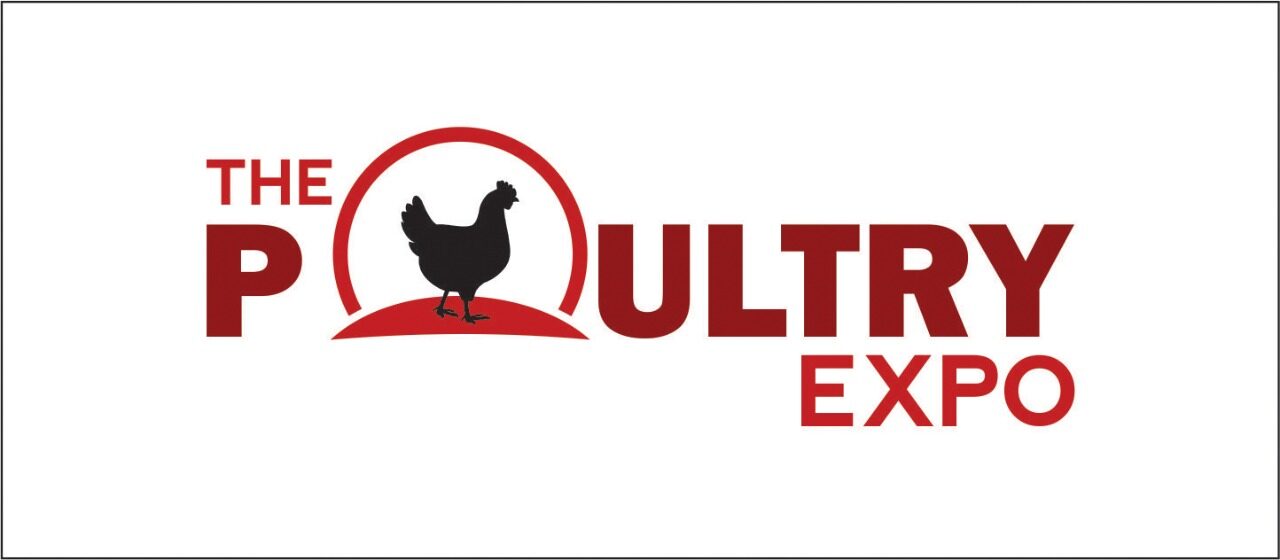Pulmonary high blood pressure (PH) is a persistent condition defined by hypertension in the arteries of the lungs. As the illness advances, it can reach an advanced stage called end-stage pulmonary hypertension. At this moment, people experience severe symptoms as well as call for specialized care to manage their condition successfully. Identifying these signs and symptoms is vital for prompt intervention and also boosted lifestyle. This post aims to give an informative introduction of the principal symptoms and signs of end-stage lung high blood pressure.
Recognizing Pulmonary High Blood Pressure
Lung high blood pressure takes place when the blood vessels in the lungs slim, become rigid, or obtain blocked. Because of this, the heart has to function more difficult to pump blood with the lungs, causing raised pressure within the lung arteries. Gradually, this too much pressure can harm the heart and hinder its capacity to work correctly.
There are 5 various types of pulmonary hypertension, each with its particular reasons. These types consist of lung arterial hypertension (PAH), pulmonary high blood pressure because of left heart problem, lung high blood pressure because of lung illness and/or hypoxia, chronic thromboembolic lung high blood pressure, and also pulmonary high blood pressure with unclear and/or multifactorial mechanisms.
End-stage pulmonary hypertension describes the sophisticated stage of the disease where signs are typically severe, and also the problem has actually considerably affected a person’s every day life.
Usual Signs And Symptoms of End-Stage Lung High Blood Pressure
1.Shortness of Breath: Among one of the most prevalent signs and symptoms of end-stage pulmonary hypertension is lack of breath, likewise called dyspnea. As the condition advances, also simple activities such as strolling or climbing stairways can come to be challenging, leaving individuals breathless as well as exhausted.
2.Tiredness: Individuals with end-stage pulmonary high blood pressure may experience a persistent sensation of fatigue and low power degrees. This exhaustion can be incapacitating, making it challenging to carry out day-to-day jobs.
3.Breast Pain: Chest pain, also referred to as angina, can be an indicator of end-stage pulmonary high blood pressure. This pain may happen throughout physical activity or at remainder and also como tomar eronex is commonly referred to as a rigidity or pressure sensation in the breast.
4.Swelling: The buildup of fluid in the legs, ankles, as well as feet, known as outer edema, is a common sign of advanced lung hypertension. This swelling happens as a result of the buildup of stress in the blood vessels, triggering fluid leak into the surrounding cells.
5.Cyanosis: Cyanosis is identified by a blue color to the lips, skin, or nails arising from poor oxygenation of the blood. In end-stage lung high blood pressure, lowered oxygen levels in the bloodstream can cause this obvious discoloration.
6.Passing out or Lightheadedness: As the heart’s pumping capacity ends up being endangered, people with end-stage pulmonary hypertension might experience episodes of fainting or feel lightheaded. These episodes happen due to insufficient blood circulation to the brain.
7.Uneven Heart Beat: End-stage lung high blood pressure can cause an uneven heartbeat, likewise referred to as arrhythmia. This uncommon heart rhythm might lead to palpitations, a sensation of the heart battering or fluttering in the chest.
- Extra Signs and symptoms:
In addition to the main signs discussed over, individuals with end-stage pulmonary high blood pressure might additionally experience other additional signs, consisting of:
- Difficulty focusing or confusion
- Decreased hunger and unintentional weight reduction
- Rest disruptions, such as sleeping disorders or rest apnea
- Stress and anxiety or depression
- Weak point or muscle pains
- Excessive sweating
- Lowered urine output
Seeking Clinical Attention
It is crucial for people experiencing these signs to seek medical attention quickly. Diagnosing end-stage pulmonary high blood pressure generally involves a detailed evaluation, consisting of medical history, health examination, imaging examinations, and also specialized analyses of lung and also heart function.
Early medical diagnosis and treatment can help manage symptoms, sluggish disease progression, and potentially improve lifestyle. Treatment alternatives for end-stage pulmonary hypertension may include medications, oxygen therapy, way of life alterations, as well as in extreme situations, lung transplantation.
Verdict
End-stage lung high blood pressure is a serious problem with debilitating signs and symptoms. Recognizing the signs of advanced disease is vital for effective monitoring and prompt intervention. If you or someone you understand experiences persistent shortness of breath, tiredness, breast discomfort, swelling, cyanosis, or various other associated signs, it is vital to seek medical interest immediately for a precise medical diagnosis and also suitable therapy.
Bear in mind, very early treatment is key in enhancing results and also boosting the quality of life for individuals dealing with end-stage pulmonary high blood pressure.
